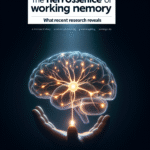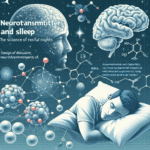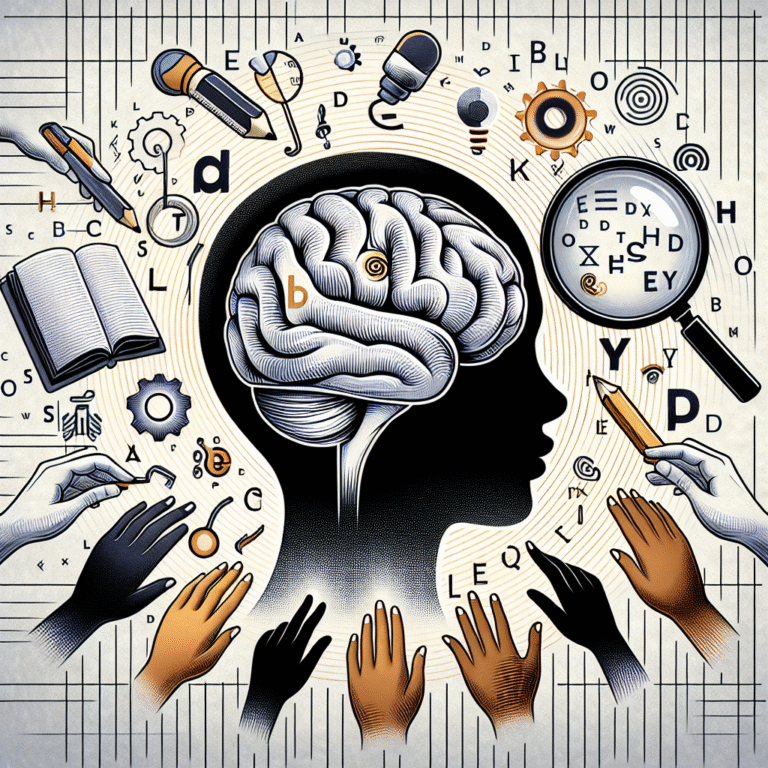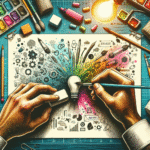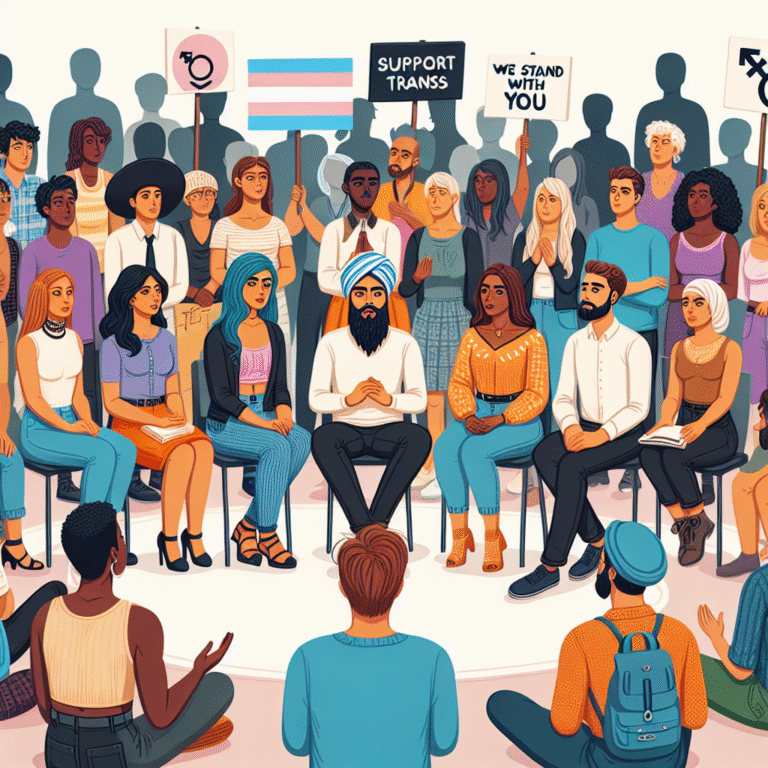
Bridging the Gap: Essential Strategies for Educators of Learning-Disabled Students
Introduction
In today’s educational landscape, the phrase "one size fits all" has taken a backseat as we recognize the diverse needs of students, particularly those with learning disabilities. Bridging the Gap: Essential Strategies for Educators of Learning-Disabled Students is not just a topic for educators; it’s a mission that can transform lives. This article delves into effective strategies, practical applications, and compelling case studies that will equip educators to foster a more inclusive learning environment. After all, to teach is not just to instruct; it is to inspire, empower, and adapt to the unique learning paths of every student.
Understanding Learning Disabilities
Before we explore strategies, it’s vital to understand what learning disabilities entail. Learning disabilities (LD) are neurological conditions that affect how a person receives, processes, or communicates information. They can manifest in various forms, such as dyslexia (reading difficulties), dysgraphia (writing challenges), and dyscalculia (math-related problems). Understanding these nuances is critical for educators aiming to bridge the gap for learning-disabled students.
Case Study: The Impact of Early Intervention
Consider a school district that implemented an Early Intervention Program for students identified with dyslexia. By providing targeted interventions in preschool, educators saw remarkable improvements in reading fluency and comprehension by third grade. This emphasizes the importance of addressing learning disabilities early and the role educators play in these interventions.
Creating an Inclusive Classroom Environment
An inclusive classroom is the cornerstone of effective education for students with learning disabilities. Here are essential strategies to create such an environment:
1. Differentiated Instruction
Differentiated instruction involves tailoring teaching methods to accommodate varying learning styles. For instance, educators can:
- Use visual aids for visual learners.
- Incorporate hands-on activities for kinesthetic learners.
- Offer audiobooks for auditory learners.
This diversity in teaching strategies ensures that every student finds a method that resonates with them.
2. Flexible Grouping
Flexibility in grouping students can greatly enhance peer collaboration and social learning. Mixed ability groups allow students to learn from one another, while homogenous groups can focus on specific challenges, such as reading or math skills.
3. Positive Behavioral Supports
Establishing a positive learning environment is essential. Incorporating systems like Positive Behavioral Intervention and Supports (PBIS) can cultivate a supportive classroom culture, helping reduce disruptions and promoting engagement among students with learning disabilities.
| Strategy | Description | Benefits |
|---|---|---|
| Differentiated Instruction | Tailoring learning experiences | Accommodates varied learning styles |
| Flexible Grouping | Mixed/ homogeneous group settings | Enhances collaboration and targeted learning |
| Positive Behavioral Supports | Establishing a system for positive reinforcement | Encourages engagement and reduces disruption |
Collaborating with Specialists
To further bridge the gap, collaboration with specialists such as special education teachers, occupational therapists, and speech-language pathologists is crucial. Regular communication with these professionals can lead to more effective strategies tailored to individual student needs.
Case Study: Effective Collaboration
A high school in Minnesota initiated a monthly collaborative meeting involving general teachers, special educators, and specialists. This led to the development of Individualized Education Programs (IEPs) that were adaptable and more effective, showcasing how collaboration can harness diverse expertise for better student outcomes.
Leveraging Technology
In an age where technology is pervasive, tools like educational software and apps can provide personalized learning experiences. These technologies often come equipped with features that support students with learning disabilities—offering assistive tools like text-to-speech and interactive quizzes.
Tools and Resources
- Kurzweil 3000: Provides text-to-speech capabilities for reading assistance.
- Ghotit: Designed for people with dyslexia, it includes features for spelling and grammar checks.
- MathTalk: An app that helps simplify math learning through voice recognition and interaction.
Engaging Families in the Learning Process
To genuinely bridge the gap for learning-disabled students, engaging families in the educational process is paramount. When parents are involved, they can reinforce learning strategies at home and create a consistent learning environment.
Tips for Family Engagement
- Regular Communication: Keep families informed about their child’s progress and challenges.
- Workshops: Organize workshops that educate parents on learning disabilities and effective strategies they can implement at home.
- Resources: Share valuable resources, such as websites, books, and local support groups.
Case Study: Family Engagement Initiative
In a California district, a family engagement initiative was launched that included workshops and resources for parents of children with learning disabilities. This resulted in higher levels of parental involvement in schools and improved student performance, illustrating how collaboration extends beyond the classroom.
Addressing Emotional and Social Needs
Students with learning disabilities often face social and emotional challenges that can affect their learning. Hence, fostering a supportive environment where students feel safe discussing their feelings is vital.
1. Social Skills Training
Incorporate social skills training into the curriculum to help students navigate social situations and build relationships.
2. Counseling Services
Ensure that counseling services are available for students who need support to cope with the emotional aspects of learning disabilities.
3. Peer Mentoring Programs
Establish peer mentoring programs where students with learning disabilities can partner with peers to build confidence and social connections.
Personalized Learning Plans
Developing and implementing Personalized Learning Plans (PLPs) allows educators to set specific goals tailored to each learning-disabled student. These plans should be reviewed regularly to track progress and adjust strategies as necessary.
Case Study: School-Wide PLP Implementation
A Denver-based school adopted the use of PLPs for all students with learning disabilities. This strategic move enabled teachers to create measurable targets and interventions, resulting in significant academic gains and enhanced student engagement.
Professional Development for Educators
To effectively bridge the gap, continuous professional development focused on learning disabilities is essential. Training opportunities can provide educators with the skills necessary to implement innovative strategies and stay updated on best practices.
Recommended Professional Development Topics
- Understanding Learning Disabilities
- Instructional Strategies for Diverse Learners
- Utilizing Technology Aids
- Communication Strategies with Parents and Specialists
Conclusion
Bridging the gap for learning-disabled students requires dedication, adaptability, and a holistic approach. By implementing strategies such as differentiated instruction, leveraging technology, collaborating with specialists, and engaging families, educators can create an inclusive environment that promotes success for all students. Remember, the goal is not merely to teach but to inspire. Each effort made towards bridging the gap significantly impacts a student’s educational journey, ultimately leading to a more inclusive and understanding society.
FAQs
1. What is a learning disability?
A learning disability is a neurological condition that affects the ability to read, write, or calculate, often leading to challenges in academic performance.
2. How can I identify if a student has a learning disability?
Signs of learning disabilities can include difficulty in reading, writing, or math. Observing a pattern of struggles, despite consistent effort, is crucial. Consultation with specialists can provide a formal diagnosis.
3. What role do parents play in supporting learning-disabled students?
Parents can support by reinforcing learning strategies at home, maintaining communication with educators, and becoming advocates for their child’s educational needs.
4. How can technology assist learning-disabled students?
Technology offers numerous assistive tools, such as speech-to-text software and interactive educational apps, making learning more accessible and engaging for students with learning disabilities.
5. Is it important to set goals for learning-disabled students?
Absolutely. Setting measurable and achievable goals helps track student progress, motivates learners, and allows for tailored instructional strategies.
6. Where can I find resources to help students with learning disabilities?
Resources for educators and parents include websites, books, community organizations, and local support groups dedicated to learning disabilities.
By focusing on these essential strategies, educators can not only bridge the gap for learning-disabled students but also enrich their teaching practice, making a significant difference in students’ lives today and for their futures.

